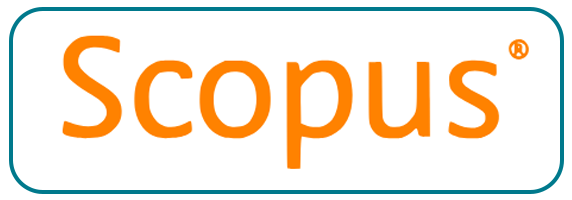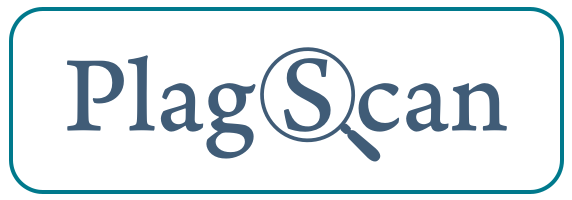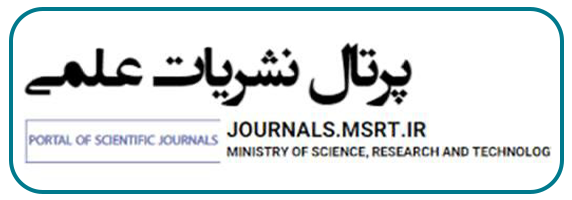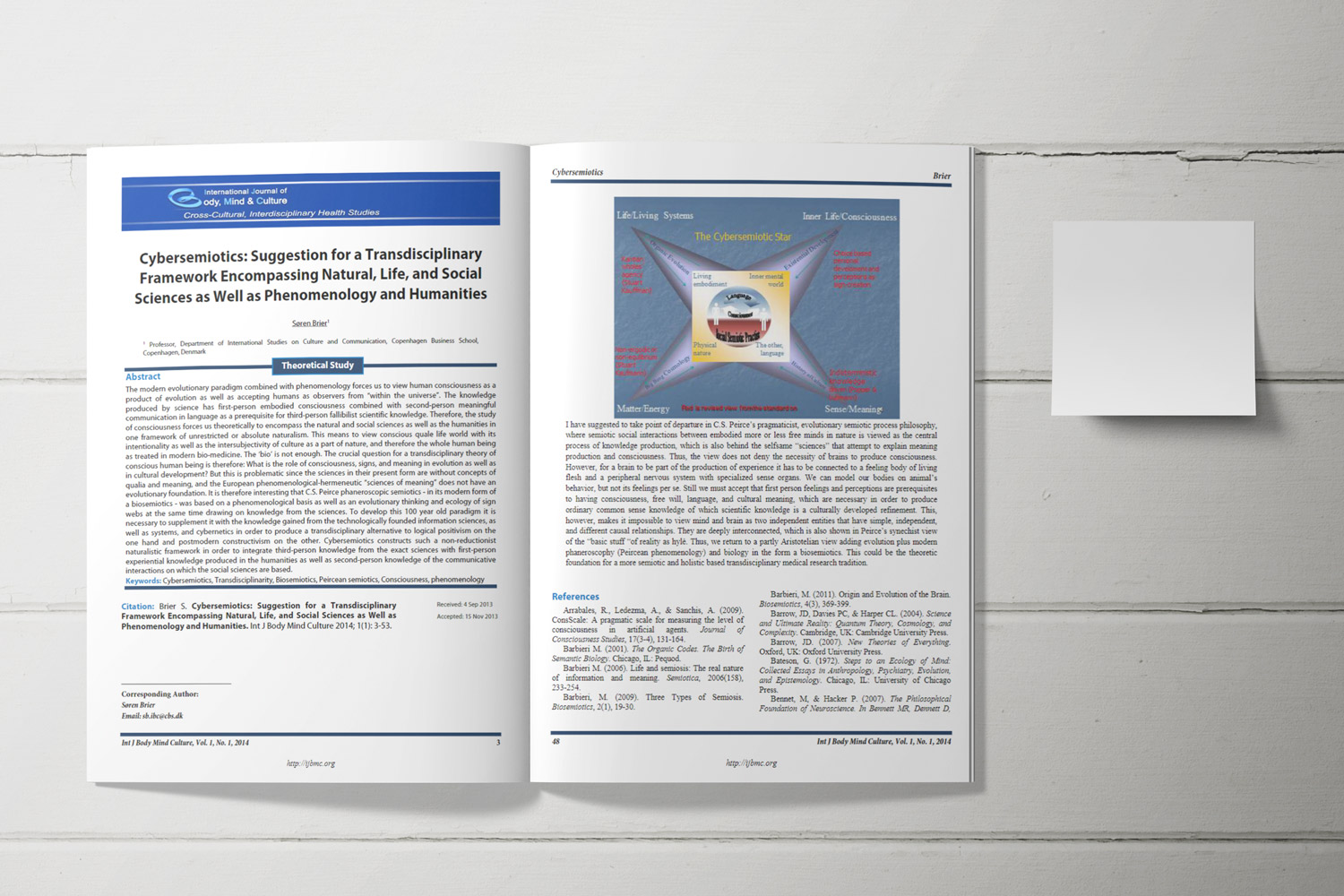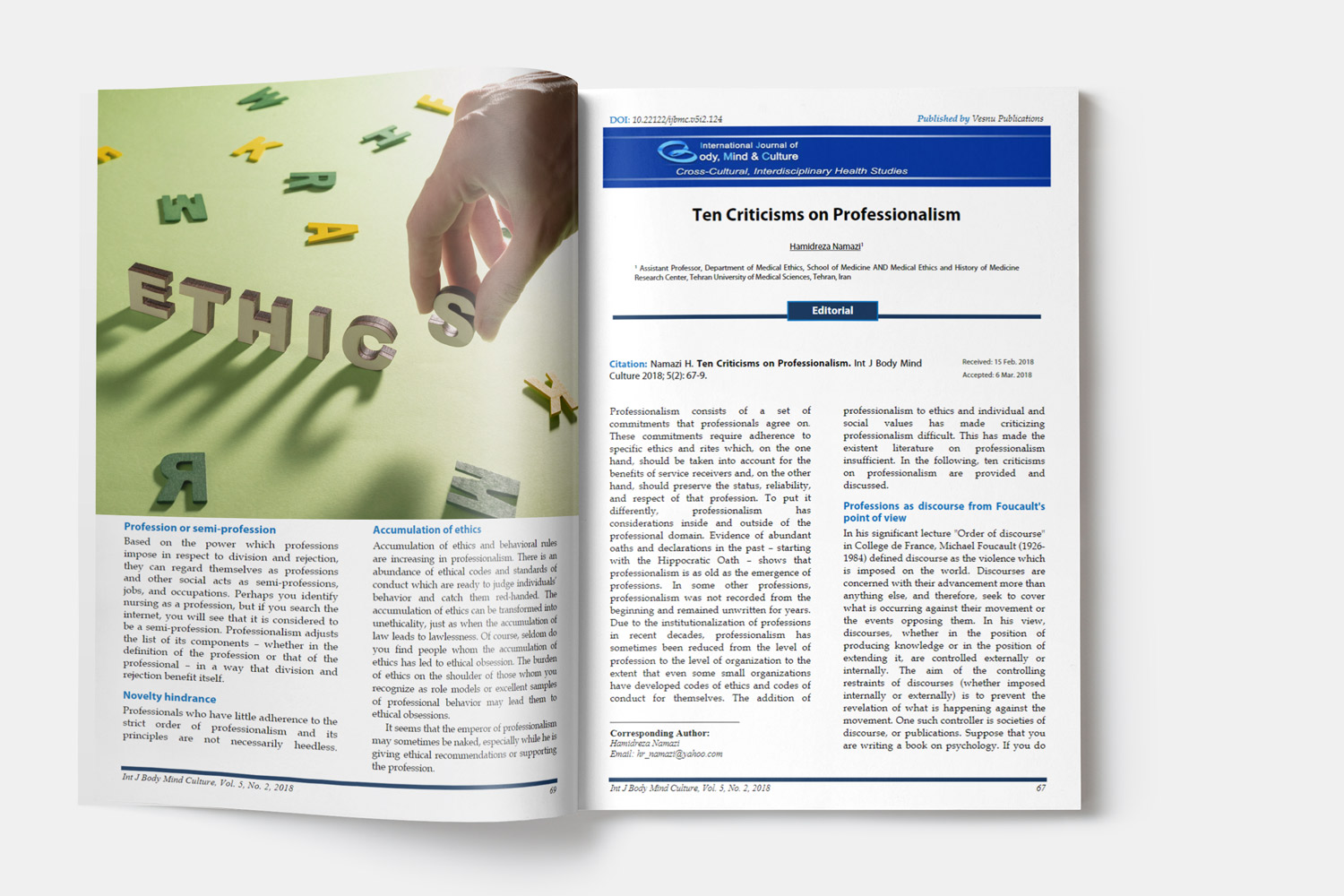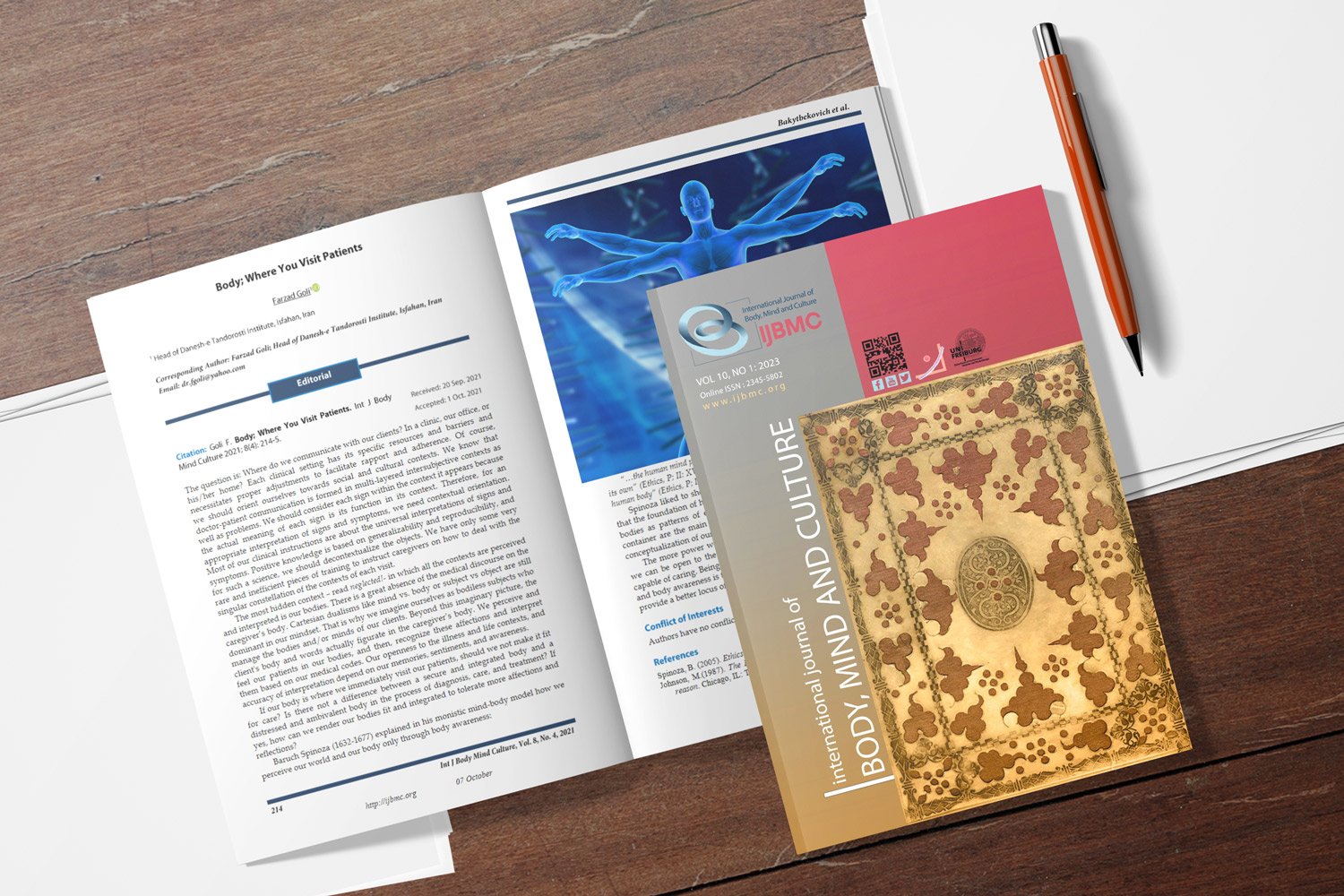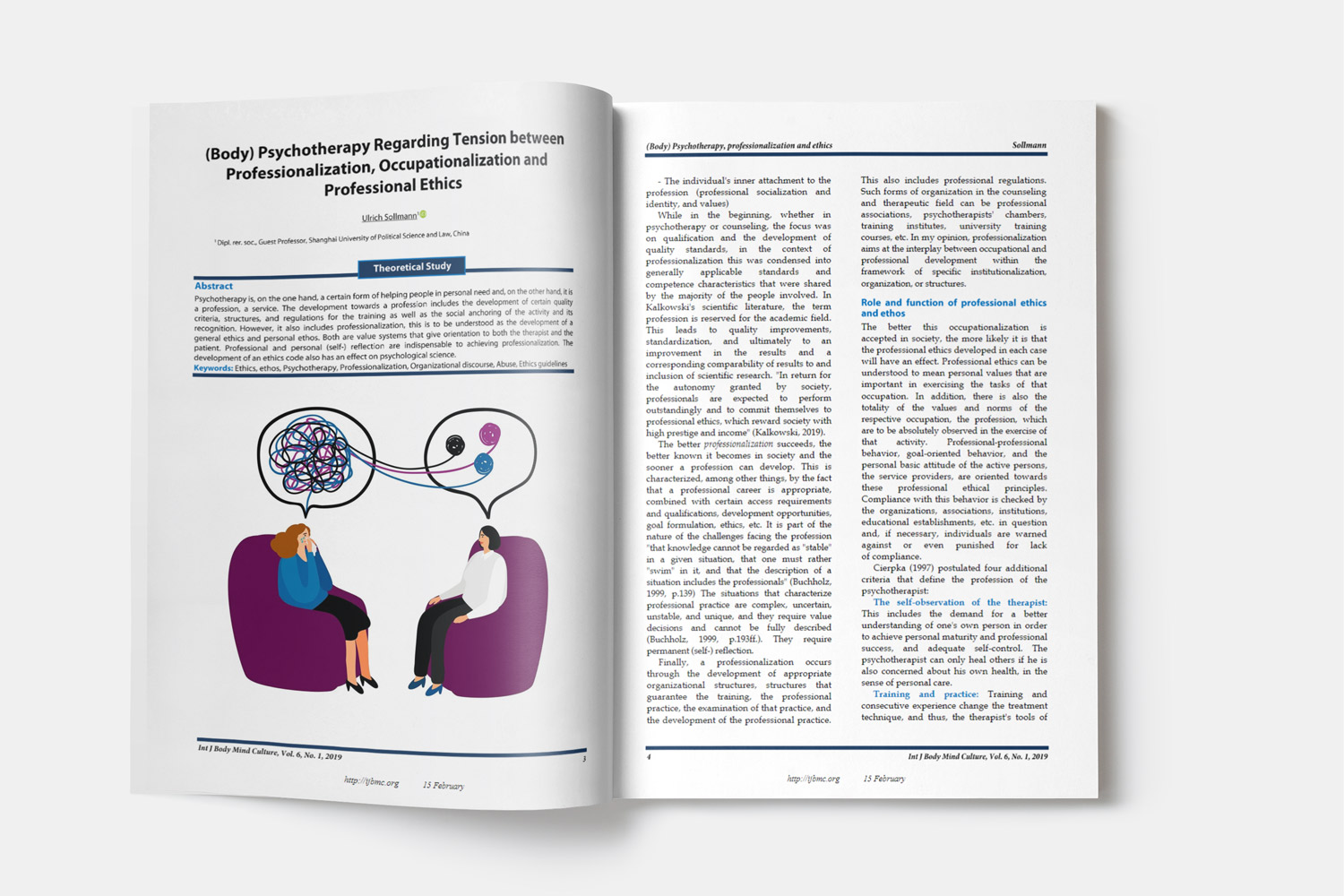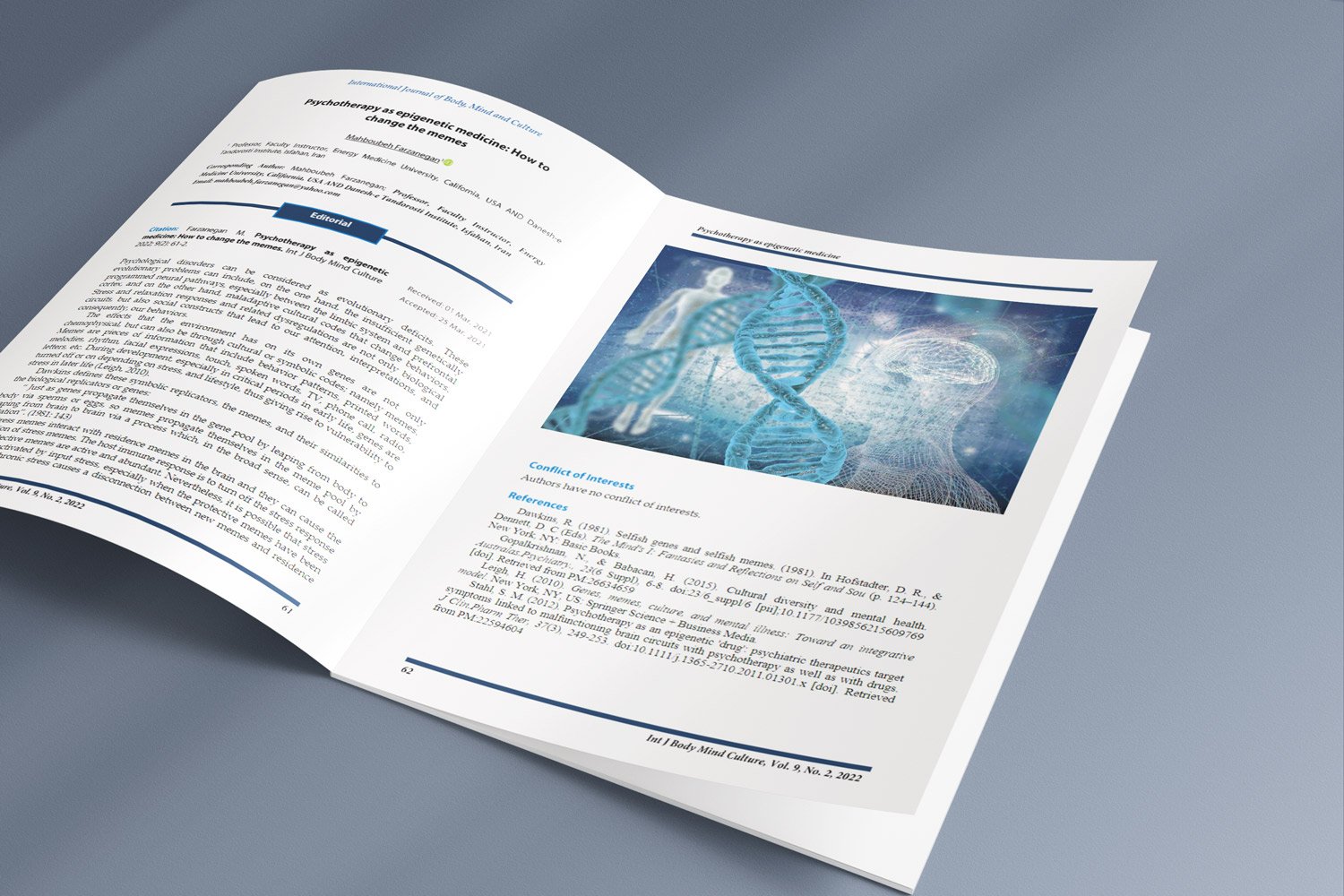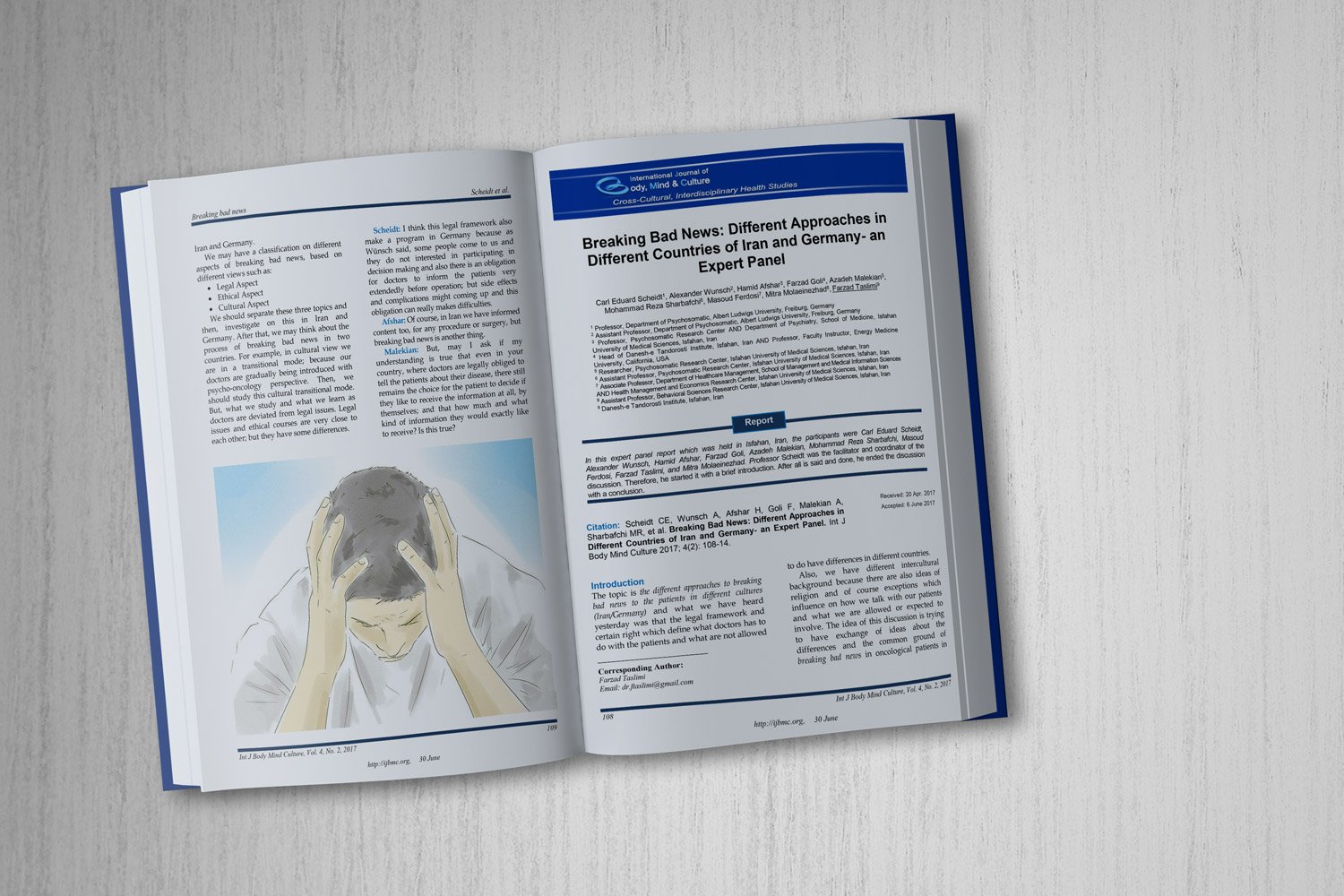A Comparative Study of Employees' Work Motivation and Perception of Occupational Change in Hierarchical and Flat Organizations
Downloads
Objective: This study investigates the differences in employee work motivation and attitudes toward organizational change between hierarchical and flat organizational structures. It aims to identify structural factors influencing motivation and adaptability in dynamic workplace environments.
Methods: Using a cross-sectional, causal-comparative design, 178 full-time employees (91 in hierarchical and 87 in flat organizations) were surveyed. Instruments included Herzberg’s Two-Factor Job Motivation Questionnaire and Dunham’s Attitude Toward Change Questionnaire. Non-parametric tests (Mann–Whitney U and Kruskal–Wallis) were applied due to data non-normality. Demographic moderators such as gender, education, and work experience were also analyzed.
Findings: Employees in hierarchical organizations reported significantly higher levels of both work motivation (M = 101.42 vs. 77.03) and attitude toward change (M = 103.91 vs. 74.43) compared to those in flat organizations. Motivation factors such as job security, recognition, supervision, and job responsibility were significantly more influential in hierarchical settings. Salary, career advancement, and interpersonal relationships did not significantly differ between structures. Education level significantly affected motivation and change perception, while gender and work experience did not.
Conclusion: Hierarchical organizations may foster greater employee motivation and adaptability to change due to structural clarity, supervision, and formal recognition. However, rigid hierarchies may reduce flexibility and innovation. Organizations are encouraged to adopt hybrid structures that balance clear role definition with adaptability and empowerment. Future research should explore longitudinal impacts and industry-specific dynamics.
Downloads
Ahmady, G. A., Mehrpour, M., & Nikooravesh, A. (2016). Organizational structure. Procedia-Social and Behavioral Sciences, 230, 455-462. https://doi.org/10.1016/j.sbspro.2016.09.057
Al-Haddad, S., & Kotnour, T. (2015). Integrating the organizational change literature: a model for successful change. Journal of organizational change management, 28(2), 234-262. https://doi.org/10.1108/JOCM-11-2013-0215
Beer, M., & Nohria, N. (2000). Cracking the code of change. Harvard business review, 78(3), 133-141.
Belas, J., Amoah, J., Petráková, Z., Kljuchnikava, Y., & Bilan, Y. (2020). Selected factors of SMEs management in the service sector. Journal of Tourism and Services. https://doi.org/10.29036/jots.v11i21.215
Besharati, R. (2022). Investigating the factors affecting the job motivation of the employees of the Islamic Azad University of Kashmar branch based on Herzberg's theory of health-motivational factors. Management and Educational Perspective, 4(1), 72-89. https://doi.org/10.22034/jmep.2022.330280.1101
Bovey, W. H., & Hede, A. (2001). Resistance to organisational change: the role of defence mechanisms. Journal of managerial psychology, 16(7), 534-548. https://doi.org/10.1108/EUM0000000006166
Dal Forno, A., & Merlone, U. (2010). Incentives and individual motivation in supervised work groups. European Journal of Operational Research, 207(2), 878-885. https://doi.org/10.1016/j.ejor.2010.05.023
Friesen, J. P., Kay, A. C., Eibach, R. P., & Galinsky, A. D. (2014). Seeking structure in social organization: compensatory control and the psychological advantages of hierarchy. Journal of Personality and Social Psychology, 106(4), 590. https://doi.org/10.1037/a0035620
Fugate, M., Prussia, G. E., & Kinicki, A. J. (2012). Managing employee withdrawal during organizational change: The role of threat appraisal. Journal of Management, 38(3), 890-914. https://doi.org/10.1177/0149206309352881
Georgalis, J., Samaratunge, R., Kimberley, N., & Lu, Y. (2015). Change process characteristics and resistance to organisational change: The role of employee perceptions of justice. Australian Journal of Management, 40(1), 89-113. https://doi.org/10.1177/0312896214526212
Harris, M., & Raviv, A. (2002). Organization design. Management science, 48(7), 852-865. https://doi.org/10.1287/mnsc.48.7.852.2821
Herzberg, F. (1966). Work and the nature of man. Cleveland. World, 290(3), 339-341. https://www.scirp.org/reference/referencespapers?referenceid=1860327
Jana, B., Rautaray, B., Swain, D. K., & Swain, C. (2025). Research Trends on Motivation and Job Satisfaction: A Scientometric Analysis. F1000Research, 14, 703. https://doi.org/10.12688/f1000research.165866.1
Jeffrey, R. K. (2025). How employee motivation, organizational culture, and leadership influence perceived organizational performance through job satisfaction. The American Journal of Management and Economics Innovations, 7(03), 1-7. https://inlibrary.uz/index.php/tajmei/article/view/71825
Karácsony, P., Metzker, Z., Vasic, T., & Koltai, J. P. (2023). Employee attitude to organisational change in small and medium-sized enterprises. E & M Ekonomie A Management. https://doi.org/10.15240/tul/001/2023-1-006
Mihm, J., Loch, C. H., Wilkinson, D., & Huberman, B. A. (2010). Hierarchical structure and search in complex organizations. Management science, 56(5), 831-848. https://doi.org/10.1287/mnsc.1100.1148
Mnyani, Z. (2022). The relationship between motivation and job satisfaction of administrative staff of a University in Cape Town Cape Peninsula University of Technology]. https://10.26458/2343
MOHAMMADPOUR, Z. H., Amirkabiri, A., & Azimi, H. (2017). The Role of Organizational Change on Improving Organizations Financial and Economic Performance (Case Study: Bank Shahr). https://www.sid.ir/paper/240349/en
Nasution, M., Yeni, S., Yondra, A., & Putri, A. (2021). The influence of organizational structure and job analysis on work motivation and its impact on the performance of the office of cooperatives for small and medium enterprises, industry and trade (KOPERINDAG) Mentawai Islands Regency. American Journal of Humanities and Social Sciences Research, 5(1), 444-453. https://www.ajhssr.com/wp-https://content/uploads/2021/01/ZZC21501444453.pdf
Rahman Seresht, R., & Moghaddam, A. (2007). The role of mental models in the organizational change process, case study of a tissue paper manufacturing company, management. Q Manage Kowledge, 2(78), 3-24. https://10.12691/education-3-9-14
Rebeka, E., & Indradevi, R. (2015). A Study on Perception of Employees during Change in an Organization. Mediterranean Journal of Social Sciences, 6(1), 72-79. https://doi.org/10.5901/mjss.2015.v6n1p72
Reza Hamidizadeh, M., & Asl, S. S. (2019). Analysis of organizations with a circular structure (democratic hierarchy). Int. Transact. J. Eng. Manage. Appl. Sci. Technol, 10, 409-421. https://doi.nrct.go.th/admin/doc/doc_516046.pdf
Riyanto, S., Endri, E., & Herlisha, N. (2021). Effect of work motivation and job satisfaction on employee performance: Mediating role of employee engagement. Problems and Perspectives in Management, 19(3), 162. https://doi.org/10.21511/ppm.19(3).2021.14
Sackmann, S. A., Eggenhofer-Rehart, P. M., & Friesl, M. (2009). Sustainable change: Long-term efforts toward developing a learning organization. The Journal of Applied Behavioral Science, 45(4), 521-549. https://doi.org/10.1177/0021886309346001
Singh, S. K., & Tiwari, V. (2011). Relationship between motivation and job satisfaction of the white collar employees: A case study. Management insight, 7(2), 31-39. https://doi.org/10.21844/mijia.18.2.5
Tan, T. H., & Waheed, A. (2011). Herzberg's motivation-hygiene theory and job satisfaction in the Malaysian retail sector: The mediating effect of love of money. https://mpra.ub.uni-muenchen.de/30419/
Copyright (c) 2025 International Journal of Body, Mind and Culture

This work is licensed under a Creative Commons Attribution-NonCommercial 4.0 International License.

